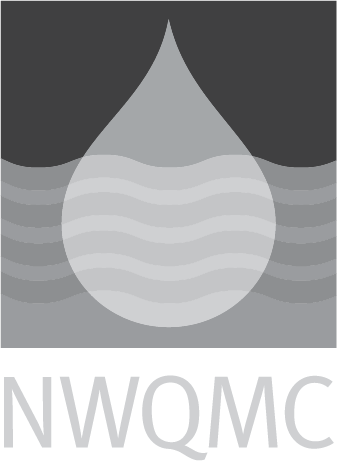EPA: 622.1: Thiophosphate pesticides in municipal and industrial wastewater
|
Official Method Name
|
Method 622.1: The Determination of Thiophosphate Pesticides in Municipal and Industrial Wastewater |
|---|---|
|
Current Revision
| original method, 1992 |
|
Media
|
WATER |
|
Instrumentation
|
Gas chromatography with Alkali Flame Detection |
|
Method Subcategory
|
Organic |
|
Method Source
|
|
|
Citation
|
|
|
Brief Method Summary
|
A measured volume of sample, approximately 1 L, is extracted with methylene chloride using a separatory funnel. The methylene chloride extract is dried and concentrated to 1.0 mL. Gas chromatographic conditions are described which permit the separation and measurement of the compounds in the extract by alkali flame detector gas chromatography (GC/AFD). This method provides a Florisil column cleanup procedure to aid in the elimination of interferences that may be encountered. |
|
Scope and Application
|
This method covers the determination of thiophosphate pesticides in municipal and industrial wastewater. |
|
Applicable Concentration Range
|
10 x MDL to 1,000 x MDL where MDLs range from 0.6 - 19 ug/L. |
|
Interferences
|
(A) Contamination in solvents, reagents, glassware, and other sample-processing apparatus: Clean all glassware with solvents, detergent, and heat where appropriate. Use high-purity reagents and distillation if necessary. (B) Matrix interferences: The cleanup procedure in Section 11 can be used in addition other cleanup approaches. |
|
Quality Control Requirements
|
Laboratory reagent blank, Matrix spikes, Matrix duplicates, field duplicates, Standard reference materials, confirmatory techniques including mass spectrometry, |
|
Sample Handling
|
Grab samples must be collected in glass containers with no sample prerinse. Composite samples should be collected in refrigerated glass using equipment as free as possible of plastic and other potential sources of contamination. The samples must be iced or refrigerated at 4°C from the time of collection until extraction. Adjust the pH of the sample to 6-8 with 6N sodium hydroxide or 6N sulfuric acid immediately after sampling. |
|
Maximum Holding Time
|
Not mentioned |
|
Relative Cost
|
|
|
Sample Preparation Methods
|
Methylene chloride extraction followed with Florisil cleanup if needed. |




